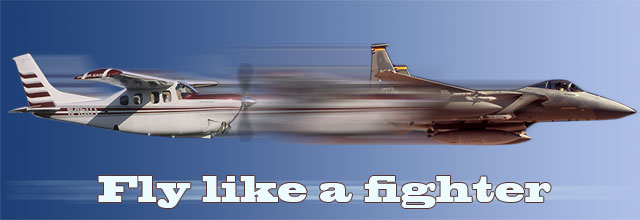 After an airshow that was well represented by different NATO fighter pilots, I met some of the pilots from the Italian air demonstration team, the Frecce Tricolori (Tricolor Arrows). I learned that they often flew other fighter pilots in the back seat, and I was told to just show up with my flight gear the next time they were in Germany.
After an airshow that was well represented by different NATO fighter pilots, I met some of the pilots from the Italian air demonstration team, the Frecce Tricolori (Tricolor Arrows). I learned that they often flew other fighter pilots in the back seat, and I was told to just show up with my flight gear the next time they were in Germany.
So I did, along with two other pilots, when the team was scheduled for their practice run the day before a large airshow. We met their public affairs officer who said they were behind closed doors in an admin meeting and should be out on a short break before the flight briefing. An hour later they came out—briefed and ready to fly. A little confused, I found the Italian pilot who had invited me to show up. After an introduction to the commander, they apologized that they went right into the flight briefing without a break. But the commander invited me to show up the next day and fly with them during the actual airshow.
I then went to the flight line to watch the practice show. I stood in the grass right on the edge of the parallel taxiway and watched as the 10-ship formation of jets went this way and that doing some great flying. Toward the end they did a bomb burst, all heading different directions, and then converged back together to meet almost in the same spot—at very low altitude. One of the pilots used the taxiway as his run-in line. He was so low that I looked down into the cockpit as he flew past me, and I could actually see his lineup card strapped to his thigh. I didn’t know whether to shout out “cool” or “crazy”!
I had a decision to make for the next day—show up to fly or go out with an Air Force nurse I just met to do some sightseeing around the German countryside. As much as I wanted to fly, something inside me said to go with the nurse, knowing there would be other airshows I could fly in with the Italians. That fateful day, the Italian team suffered a midair collision, killing three pilots and scores of spectators as the debris field went into the crowd.
I was clueless about the accident that day, and in the era before cell phones and the Internet I didn’t realize that I had quite a few family, friends, and my other squadron mates worried sick about my whereabouts because they couldn’t get in contact with me—I had told quite a few people that I would be flying with the Italian team that day.
With the technology available to us now, there is no excuse not to keep someone informed of your flight progress. Even for a quick trip around the pattern, I always let at least one person know I will be airborne. For longer legs we have VFR flight following, filing (and activating) a VFR flight plan, or filing an IFR flight plan as other means of making sure we are being tracked. Based on the type of flying you do, make sure you are informed of your options with 121.5 MHz and/or 406 MHz ELTs, cell or satellite phones and trackers, and personal locator beacons.
I am glad I listened to my inner voice that day, not only because I am alive, but also because I’m still married to that same Air Force nurse all these years later.
Larry Brown of Colorado Springs, Colo., is a retired Air Force F-15 pilot who is using the lessons he learned as a fighter pilot as a GA pilot in his Cessna P210. Brown, who has 2,700 hours total time during his 33 years of flying, also was an instructor pilot and flight examiner in the Air Force T-38 and instructor pilot in the T-52, the military’s version of GA’s Diamond DA40. See previous installments of “Fly like a fighter.”




